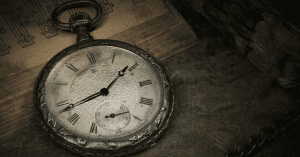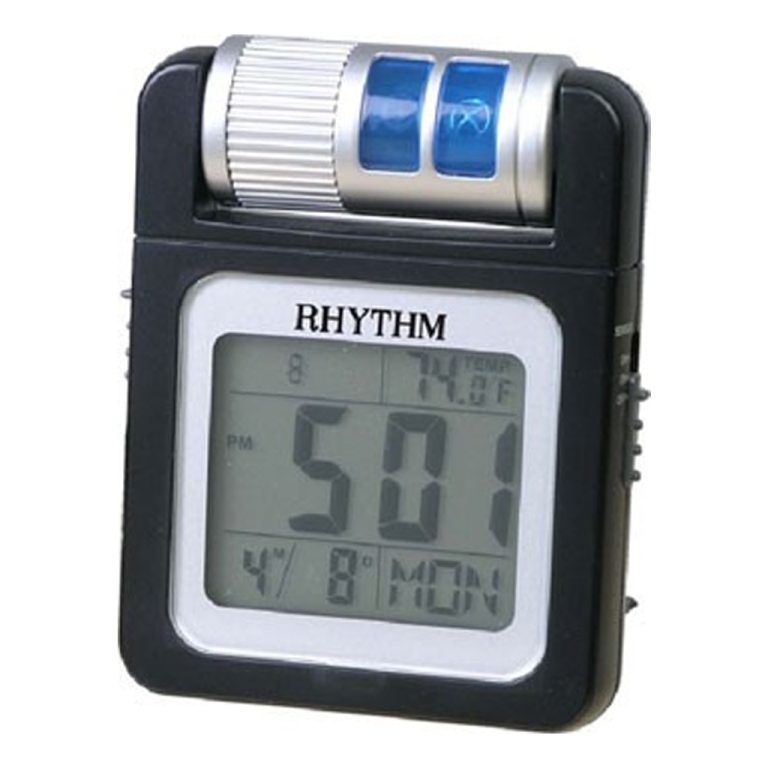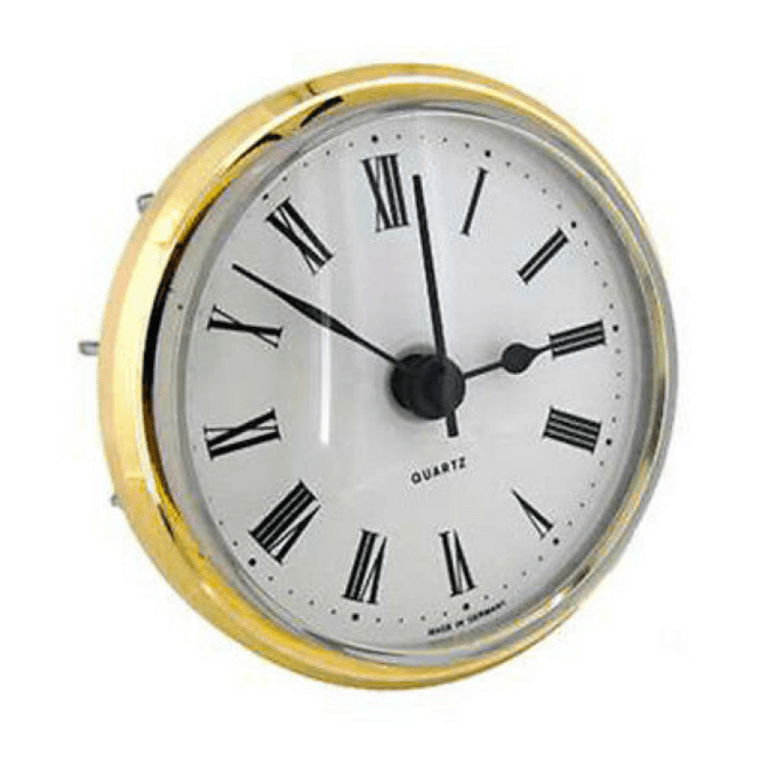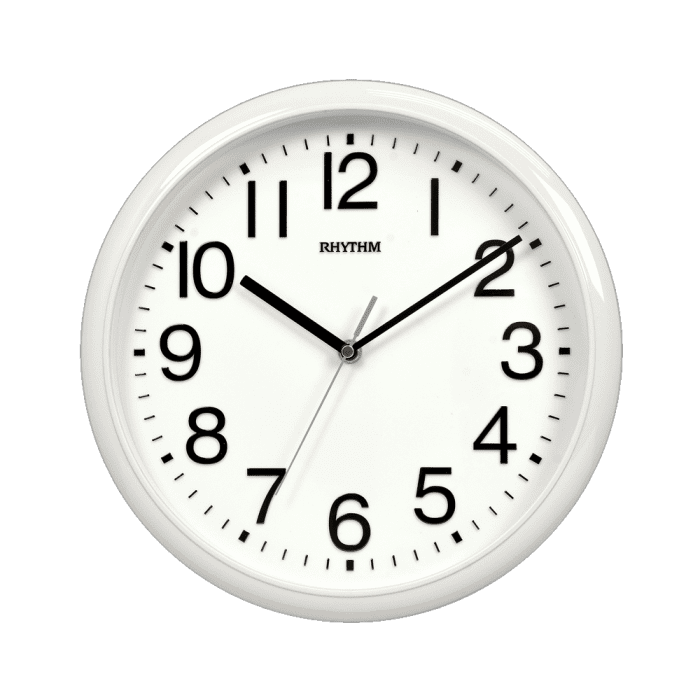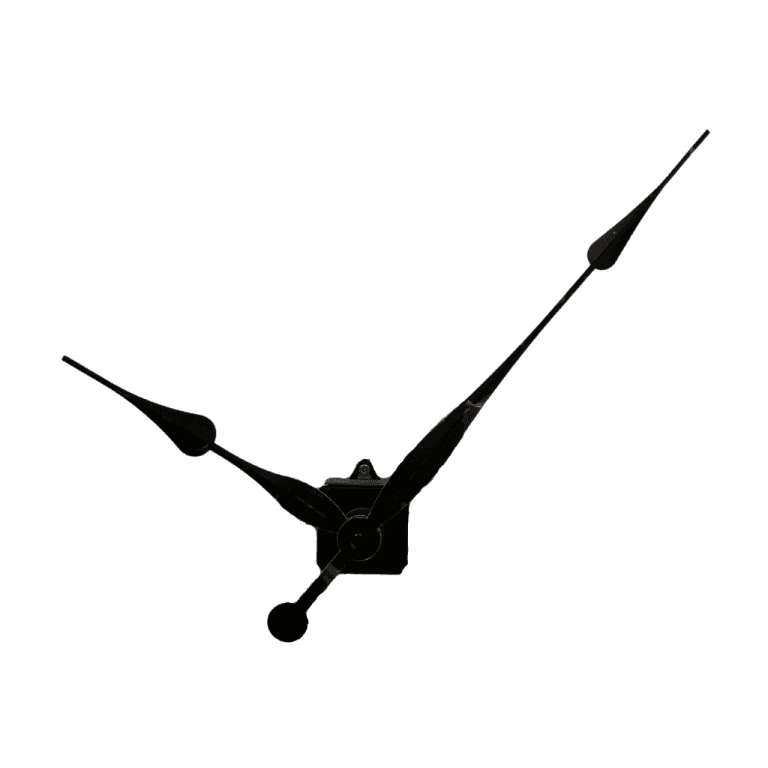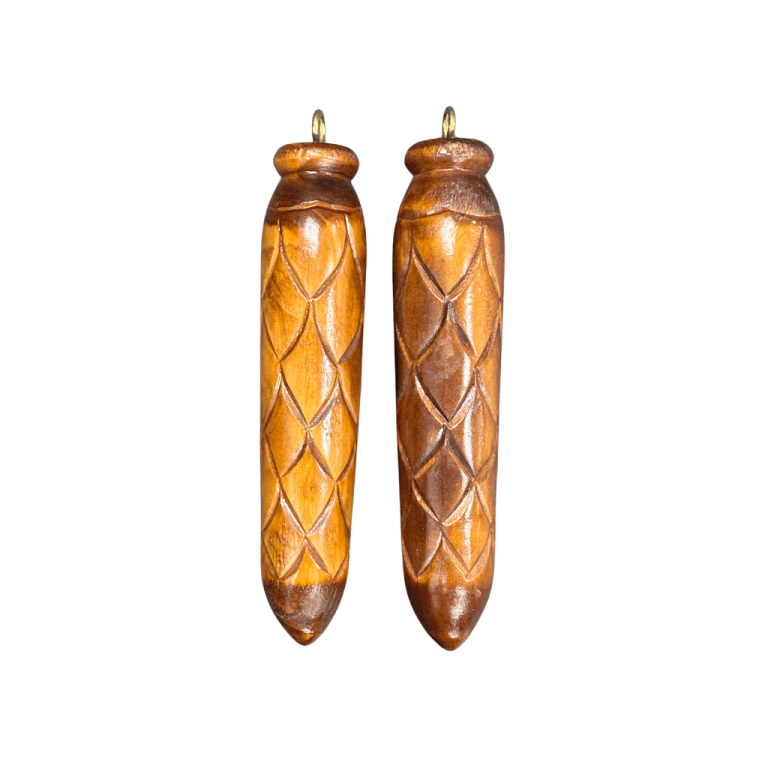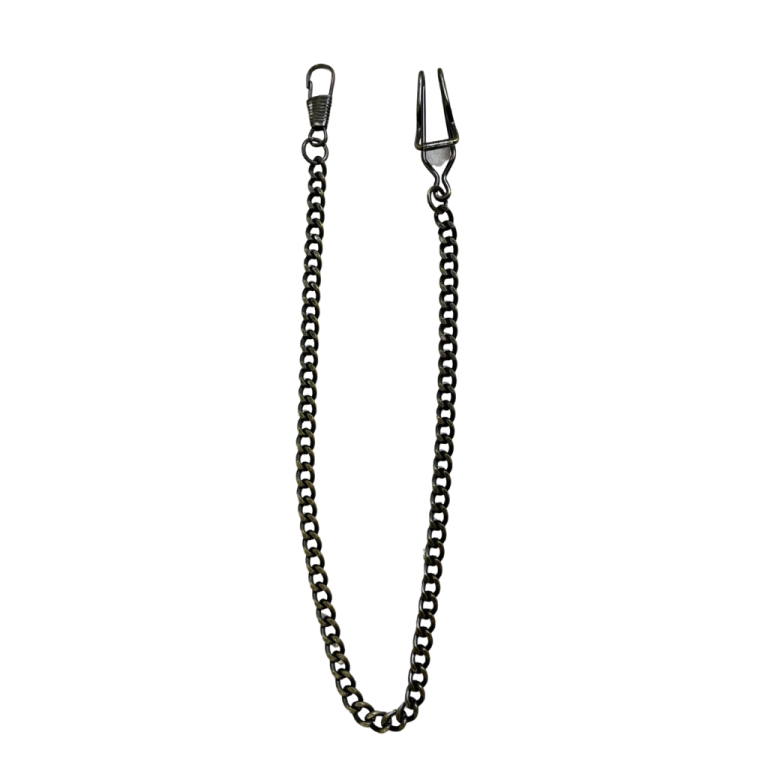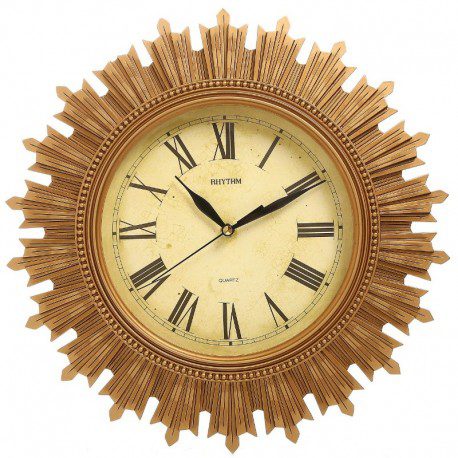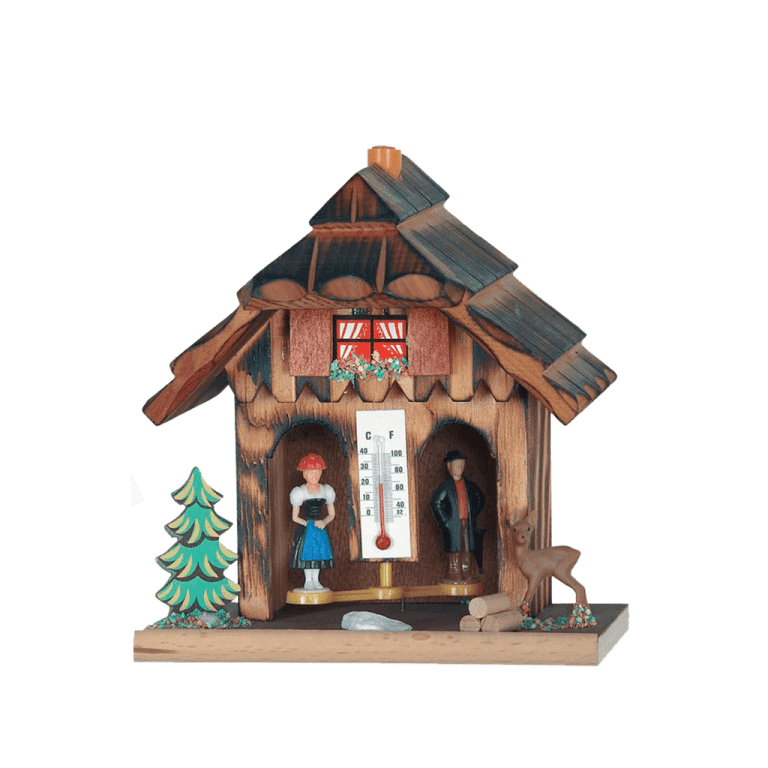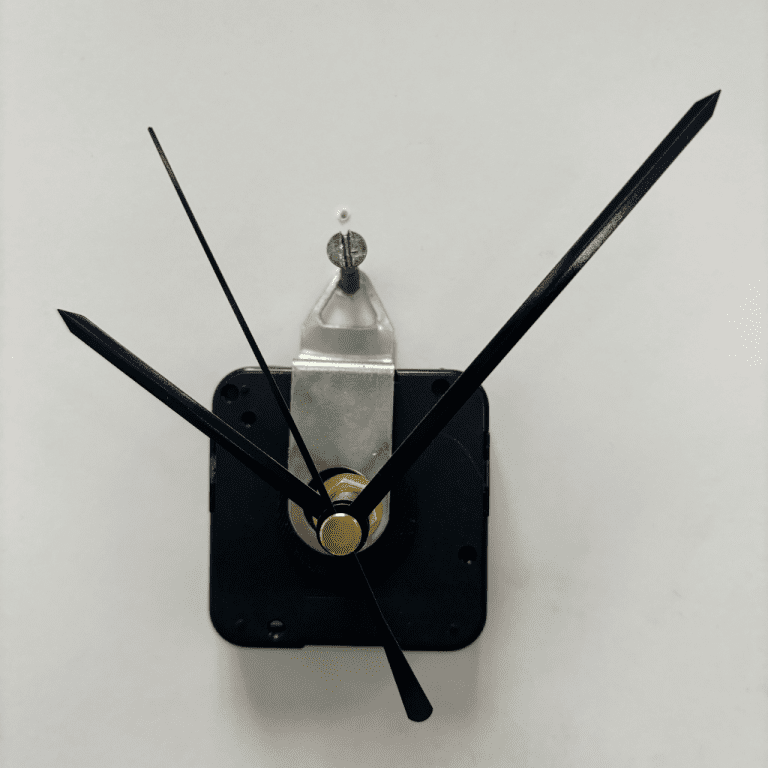A clock is an instrument to measure, keep, and indicate time. In general usage today, a “clock” refers to any device for measuring and displaying the time. Watches and other timepieces that can be carried on one’s person are often distinguished from clocks.
The clock is one of the oldest human inventions, meeting the need to consistently measure intervals of time shorter than the natural units: the day, the lunar month, and the year. Devices operating on several physical processes have been used over the millennia. A sundial shows the time by displaying the position of a shadow on a flat surface. There is a range of duration timers, a well-known example being the hourglass. Water clocks, along with the sundials, are possibly the oldest time-measuring instruments.
Time-measuring devices
Sundials
The apparent position of the Sun in the sky moves over the course of a day, reflecting the rotation of the Earth. Shadows cast by stationary objects move correspondingly, so their positions can be used to indicate the time of day. A sundial shows the time by displaying the position of a shadow on a (usually) flat surface, which has markings that correspond to the hours. Sundials were widely used in ancient times.
Devices that measure duration, elapsed time and/or intervals
Many devices can be used to mark passage of time without respect to reference time (time of day, minutes, etc.) and can be useful for measuring duration and/or intervals. Examples of such duration timers are, candle clocks and the hourglass.
Spring-driven
Clock-makers developed their art in various ways. Building smaller clocks was a technical challenge, as was improving accuracy and reliability. Clocks could be impressive showpieces to demonstrate skilled craftsmanship, or less expensive, mass-produced items for domestic use.
Keeping time
Clocks use different ways to measure time. Clocks need some sort of steady beat or motion to track the change in time. Ancient water clocks worked by the steady movement of water from a container with a hole in the bottom to another container without a hole. Other clocks use pendulums, springs and gears to track the change in time correctly.
Digital clocks work by measuring the vibrations of quartz crystals when charged with electricity. The vibration frequency of the crystal does not change.
Atomic clocks use the electromagnetic waves absorbed and emitted by atoms such as caesium to measure time. They are the most precise clocks in the world.
Clock displays
There are many types of clocks and watches. The two most common types of displays on clocks are “analog” and “digital” .
Analog clocks
Analog clocks use angles to tell time. They have hands that rotate around the clock’s face. The position of the hands shows the time. The face of the clock is a flat disk. It will often have the numbers one through twelve on the face to make it easier to read. Analog clocks commonly have two or three hands. If it has two, there is a large hand or minute hand and a smaller hand, the hour hand. Clocks with three hands also have a second hand. This hand is usually about as long as the minute hand, but much thinner.
Each hand shows the time it is named for and moves around the face of the clock one complete rotation for each movement to the next larger hand. For example, the second hand moves around the face of the clock in 60 seconds. It moves once each second. When it moves all the way around the clock, the minute hand moves forward one space. When the minute hand moves all the way around the face of the clock (which takes 60 minutes), the hour hand moves forward one section. The second and minute hands take 60 movements to move all around the face of the clock, the hour hand only needs 12 movements to do the same.
Digital clocks
Digital clocks use numbers to show the time. LCDs and LEDs are common for digital clocks. Unlike analog clocks which are based on 12 hours, digital clocks can use either a 12-hour clock (often with am for morning and pm for afternoon/night) or a 24-hour clock. Digital clocks are usually smaller and easier to both use and read than analog clocks but they can also be made much larger. New digital clocks can even correct themselves using the internet or radio signals.
Sounds
There are also clocks that use sound, usually along with a dial or some other means, to show the time. The sound could be as simple as a bell or so complex that it sounds the same as a person. Many clocks that do this are old and are driven by springs or weights rather than batteries or other forms of electric power. Some special clocks are often used by people who are blind or cannot see well enough to read an analog or digital clock. They can also be used by people with mental problems that cause them to be unable to read other clocks.
Hourglass in wooden stand
A lot about clocks
There are many different types of clocks and watches. They are different in what they are used for, what they can do or how they are made. Examples include:
- A wristwatch is worn on the wrist. It is held in place by two straps connected to the watch and then wrapped around the wrist and connected to each other.
- A pocket watch is kept in a pocket. It usually has a small chain which is connected to the person’s clothing. This help stops the watch from being lost.
- A Sundial is an old form of a clock which uses the Sun to tell time.
- An alarm clock is a clock that makes a sound (often a buzzing or a bell-like sound) or plays music at a certain time. It is used by people to wake up from sleep at a time they choose.
- A grandfather clock is a tall clock that stands on a floor. It uses a pendulum to tell time.
- A Cuckoo clock is a pendulum based clock which makes a sound each hour on the hour. They often also have a small door. When the clock makes the sound, the door opens and a small toy bird or other item usually comes out of the door.
- An hourglass, also known as a sandglass or sand timer, uses sand trickling slowly to measure time.
Purposes
Clocks are in homes, offices and many other places; smaller ones (watches) are carried on the wrist or in a pocket; larger ones are in public places, e.g. a railway station or church. A small clock is often shown in a corner of computer displays, mobile phones and many MP3 players.
The primary purpose of a clock is to display the time. Clocks may also have the facility to make a loud alert signal at a specified time, typically to waken a sleeper at a preset time; they are referred to as alarm clocks. The alarm may start at a low volume and become louder, or have the facility to be switched off for a few minutes then resume. Alarm clocks with visible indicators are sometimes used to indicate to children too young to read the time that the time for sleep has finished; they are sometimes called training clocks.
Credited to:https://kids.kiddle.co


